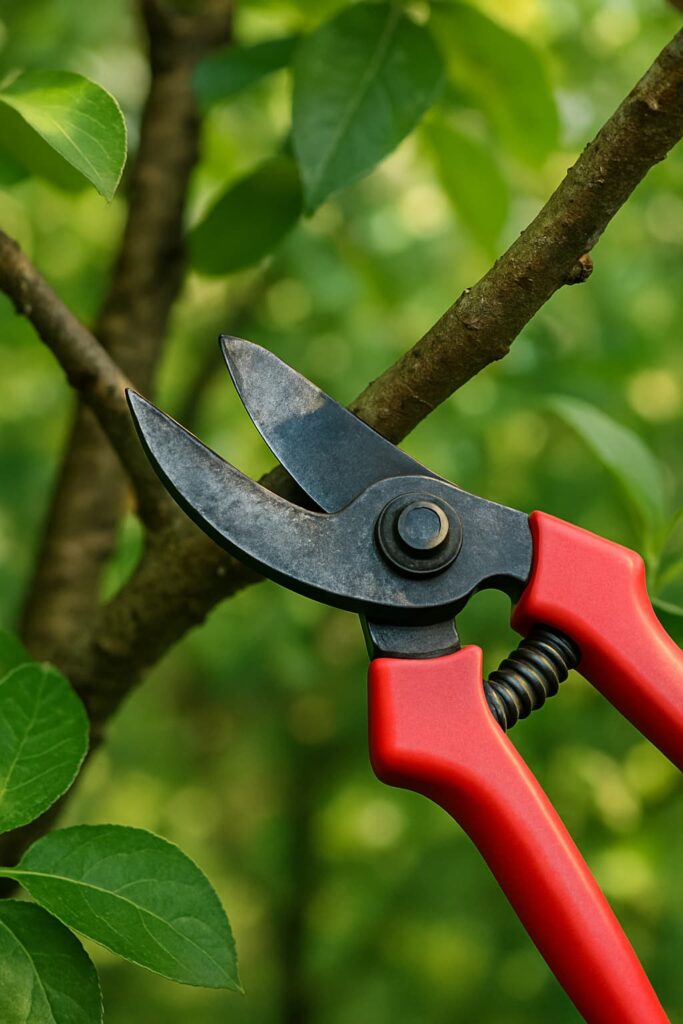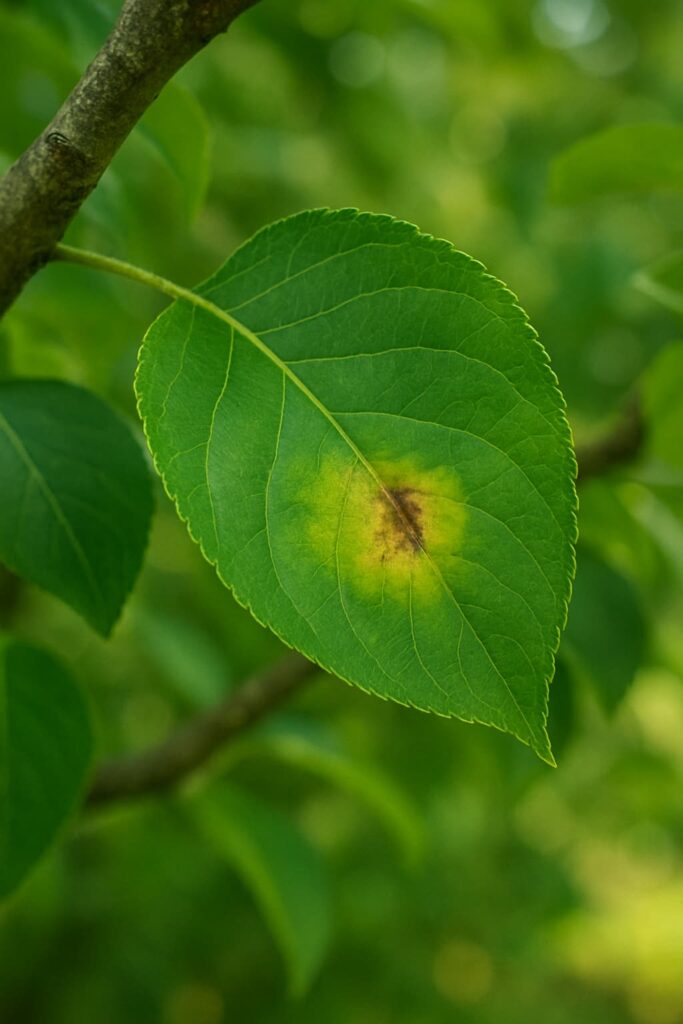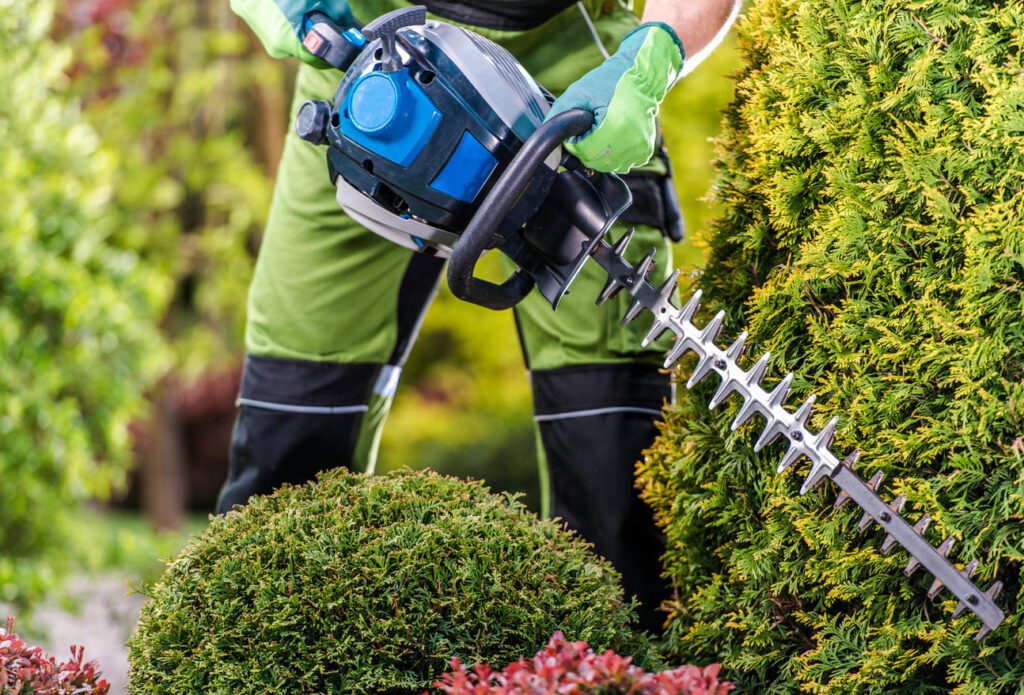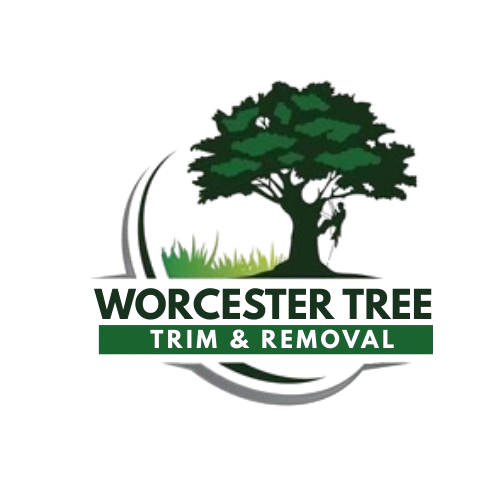FAQ'S Worcester Tree Trim and Removal
Frequently Asked Questions
Do tree service contractors need a license in Worcester?
Massachusetts does not require arborists to be licensed, but it’s best to hire a Massachusetts Certified Arborist and confirm they have proper liability insurance.
Is a permit required to cut down trees on my private property in Worcester?
For most private property trees, no permit is needed unless the tree is located in a conservation zone. However, trees within public right-of-ways or street areas always require municipal approval from the City of Worcester.
When is municipal approval for tree removal justified in Worcester?
Approval is typically granted for trees that are dead or in decline, severely diseased, structurally hazardous, storm-damaged trees, or obstructing approved construction projects.
How can I tell if my tree is dead or in decline?
Common warning signs include large bare sections without leaves, brittle or breaking branches, peeling bark, fungal growth near the base, and wood that feels soft or hollow when probed.
Do I need to notify neighbors before removing multiple trees?
Yes. Massachusetts law requires that when removing two or more trees, you must notify all property owners within 200 feet at least 10 days in advance and provide proof of notification to the City.
Do you charge for estimates?
No, all estimates and consultations are completely free with no obligation to proceed with recommended work.
Do you work in all weather conditions?
We work in most weather conditions but prioritize safety above all else. Severe weather may require postponing work until conditions improve. Emergency services continue in challenging conditions when safety permits.
What are typical tree removal costs in Worcester?
Tree removal prices depend on tree size and condition. Small trees usually cost $400–$700, medium trees $800–$1,800, and large or hazardous removals often begin at $2,500.
What is the typical cost of stump grinding in Worcester?
Stump grinding usually ranges from $250–$550, depending on the stump’s diameter and how accessible the location is.
Do chemical products work for stump removal?
Chemicals can speed up natural decay, but are rarely effective on their own. Professional grinding or excavation is usually the most reliable solution.
What's my first priority if a tree falls on my house?
Safety comes first—evacuate if necessary. Next, photograph the damage for insurance, then contact your insurance provider and a licensed tree service.
Do storm-related emergency removals cost more?
Yes. Emergency services typically involve premium rates due to urgent scheduling, overtime labor, and potentially hazardous working conditions.
Am I allowed to cut branches from my neighbor’s tree that hang over my yard?
Yes. You may trim branches that extend onto your property, but only up to the boundary line and without causing harm to the tree’s health.
Can I cut down a tree that sits on the property line without my neighbor’s permission?
No. Trees growing on shared boundaries are jointly owned, and removal requires consent from all affected property owners.
Who is responsible if my neighbor’s tree damages my property?
If the tree was healthy, your homeowner’s insurance usually covers the damage. But if the tree was visibly hazardous or neglected, your neighbor may be liable.
What's the optimal timing for tree pruning in Worcester?
The best time for pruning is late winter to early spring, while trees are dormant. However, flowering varieties should be pruned right after their blooms fade.
Does homeowners' insurance pay for tree removal after a storm?
Insurance usually covers removal if a fallen tree damages your home or other structures. However, it often does not cover cleanup when trees fall without causing property damage.
What if there's damage to my property?
Our insurance coverage protects customers from property damage related to our work. In the unlikely event of damage, our insurance handles all claims promptly and fairly.
How long does it take for tree roots to decompose naturally after removal?
Large root systems can take 5–10 years to fully decay underground, with the timeline varying based on soil conditions and tree species.



